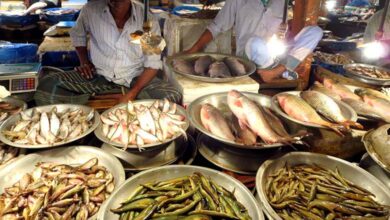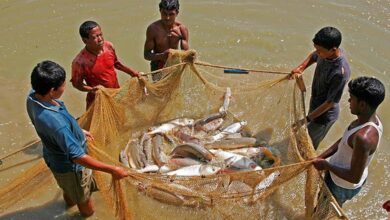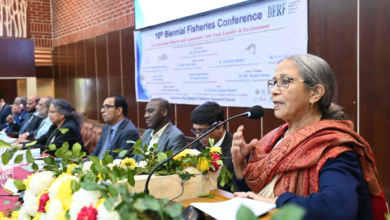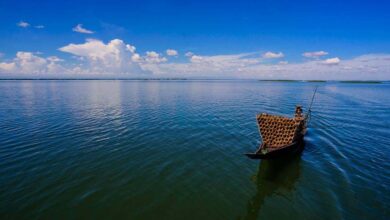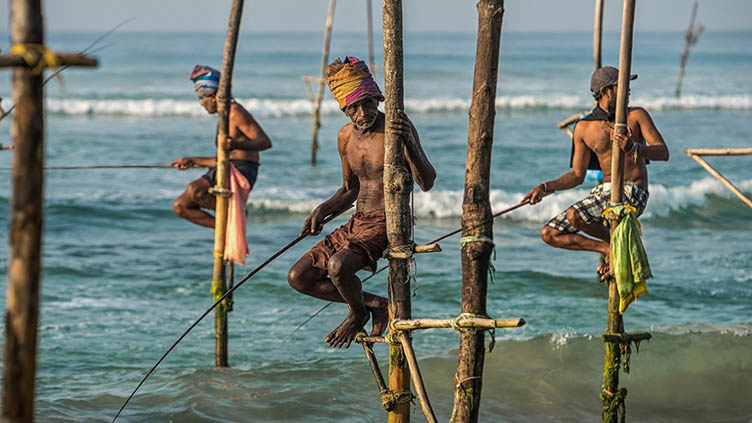
The formation of a fishing-specific investment zone in the northern part of Sri Lanka has been announced by Piyal Nishantha, the State Minister of Fisheries. This initiative aims to enhance fisheries productivity and promote sustainability in the sector.
Considering Sri Lanka covers an area of 21,500 square kilometers, it has an almost incalculable amount of fishing resources. The UN-mandated Exclusive Economic Zone extends over 517,000 square kilometers.
Sri Lanka’s total marine fish catch amounted to 415,490 MT (242,580 MT of coastal fish catch and 172,910 MT of Offshore and Deep-Sea fish catch). In 2019, 90,340 MT of inland and aquaculture fish were produced. A total of 28,771 MT of seafood and fishery products were exported in the same year, generating foreign exchange earnings of $81.3 million.
The fisheries sector of Sri Lanka plays a key role in its economic and social development. The number of individuals engaged in this industry, either directly or indirectly, is estimated to be around 2.4 million.
Furthermore, Sri Lankan’s consume about 50% of their animal protein from fish, three times more than the global average. Therefore, Sri Lanka’s fisheries must be managed sustainably if it is to continue to provide food security and livelihoods for its people, as well as create new jobs and export opportunities.
In order to increase industry profitability and attract foreign investment, the Sri Lankan government has taken a number of steps. For example, a new Vessel Monitoring System (VMS) was implemented by Sri Lanka to monitor their deep-sea fishing fleet in order to remove the EU catch ban. Furthermore, Sri Lanka has undertaken measures to enhance the recognition of Sri Lankan seafood as being obtained in a sustainable manner. This has been achieved via the initiation and execution of the fisheries improvement project (FIP) for longline tuna and billfish (LT&B) as well as blue swimmer crabs.
Sri-Lanka is now taking another step towards sustainable development of its fishery by developing a specialized investment zone
As per the statement made by the minister, the primary objective of this program is to draw investments pertaining to the fisheries industry, facilitate economic expansion, and create a significant number of employment opportunities.
Inside the fishing zone, mobile fishing services, will be provided by agencies affiliated with the Ministry of Fisheries within the various districts. The services will include mobile fishing, fishing ID card issuance, boat registration, and communication issues regarding fishing signals.
Furthermore, a testing center affiliated with the NARA Institute will be established in Kilinochchi. There are also proposed initiatives to introduce aquatic organisms into various bodies of water, including lakes, rivers, and reservoirs located within the province, with a specific focus on the Iranamadu Reservoir. With the introduction of a new FAD machine, the fishing fleet will be able to harvest more fish in multi-day fishing vessels.
In addition, seaweed cultivation and sea leech breeding will be promoted as projects that will boost foreign exchange earnings.
Furthermore, the minister noted that approximately 54 million small fish have been distributed throughout freshwater reservoirs across the country as evidence of the government’s commitment to the freshwater fishing industry.
The provision of logistic assistance and the maintenance of these plans will be crucial in guaranteeing their successful execution. The Sri Lankan export market accounts for 0.2% of all world exports, ranking among the top 50. To maintain its success, Sri Lanka must diversify the livelihoods of fishers and their families and transfer part of the sustainable premiums earned through exports to premium markets to fishers.
Jaber Bin Abdul Bari
Department of Oceanography, NSTU

